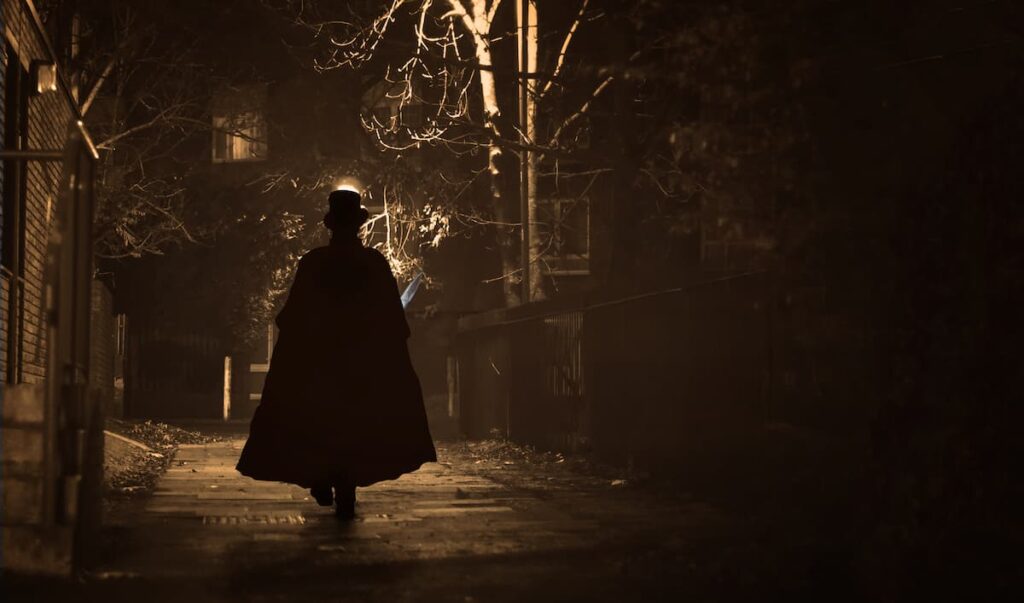Serial Killer Tours Spark Anger in East End Neighborhoods
Each evening in London’s Whitechapel district, crowds of tourists gather at grim landmarks where Jack the Ripper’s victims were found over a century ago. Murder sites like Mitre Square have become nightly fixtures on walking tours. But while the unknown killer’s legacy continues to attract visitors from around the world, many local residents say enough is enough.
With multiple tour groups often vying for space at the same spot, the commercialized fascination with Jack the Ripper has drawn criticism for sensationalizing violence against women. East Londoners, activists, and alternative tour guides argue that the industry has crossed a line between historical education and exploitative entertainment.
“It’s not the history that’s the issue — it’s how it’s presented,” said Charlotte Everitt of Rebel Tours, which offers an alternative walking experience focused on the lives of the victims rather than the killer’s mythology. Despite a growing appetite for more responsible storytelling, most visitors continue to favor the more traditional, and often graphic, Ripper-themed outings.
Blurring Fact and Fiction in the Name of Tourism
Jack the Ripper remains one of Britain’s most infamous figures, but experts warn his transformation into a pop culture icon has blurred the line between education and entertainment. “Time has allowed the Ripper story to morph into fiction,” said Philip Stone from the UK’s Dark Tourism Institute. “He’s been romanticized, and that dilutes the reality of what happened.”
References to the Ripper are now embedded in the local economy. Shops like Jack the Clipper and Jack the Chipper play on the killer’s name, and fashion retailer AllSaints once named a flagship store Jack’s Place. Even a food vendor briefly operated under the name Jacket the Ripper.
While such branding may appear lighthearted to some, critics argue it minimizes the brutal reality of the crimes and perpetuates harmful myths — especially the repeated claim that all victims were sex workers, despite evidence to the contrary.
“Some tours still show crime scene photos of Mary Jane Kelly,” said Everitt. “If you wouldn’t show a modern-day murder victim, why show hers? She was just as real.”
Community Backlash Grows Amid Mass Tourism
Among the strongest voices of opposition is local writer The Gentle Author, who has published thousands of articles about East End history but none about the Ripper. “Hundreds of people walk through here every night, hearing jokes about how women were killed,” they said. “It’s off-the-scale offensive.”
Families have even moved away due to the nightly tours, unwilling to raise children where gory murder scenes are retold outside their windows. In some cases, tour guides have used props like butcher’s knives or blasted horror movie soundtracks near homes.
Jessica O’Neil, a former Jack the Ripper guide, described the industry as “a ghoulish endeavor” and left her job after a confrontation with a sex worker. “I tried to bring compassion,” she said, “but it’s presented as entertainment, not education.”
Rethinking Remembrance and Responsibility
The 2015 opening of the Jack the Ripper Museum drew protests after it was revealed that the original planning permission had been granted under the pretense of honoring women’s history in the East End. Instead, critics say, it became a space that further glorified the killer, complete with themed merchandise and teddy bears dressed as the Ripper.
The backlash led to the founding of the East End Women’s Museum, which aimed to reclaim space for the stories of women whose lives have been overshadowed by the Ripper narrative. “We expected a museum about women,” said Chair Catherine Owen. “What we got was a commercial attraction themed around a murderer.”
The Ripper museum continues to operate today, despite years of criticism. It has defended itself as offering a “forensic examination” of the crimes in their historical context, though many residents remain unconvinced.
“There’s a politics to how we remember,” said Stone. “And it’s clear that Jack the Ripper has been remembered more for his fame than for the victims’ humanity.”
As calls grow for more respectful approaches to historical tourism, London’s East End faces a deeper reckoning: whether the memory of real victims can survive in a landscape increasingly dominated by myth, marketing, and morbid curiosity.



